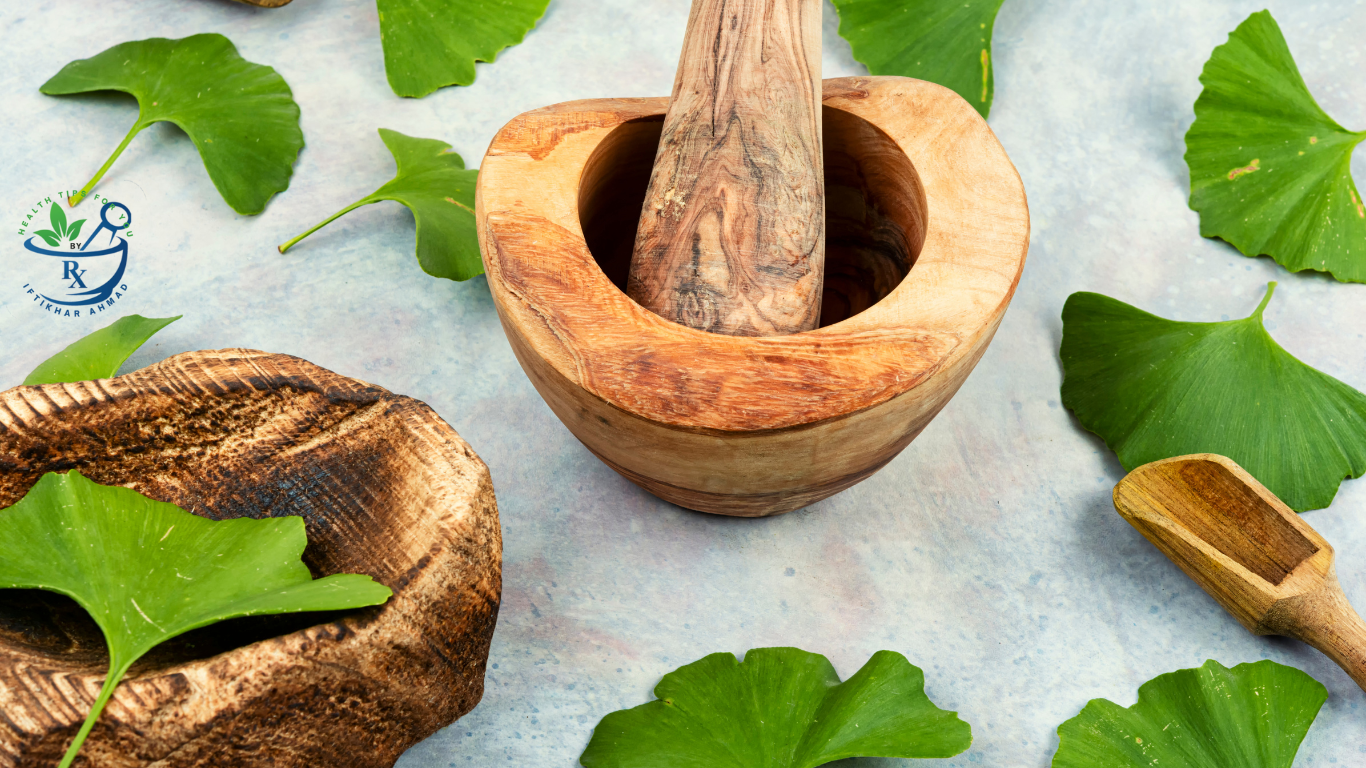A Journey Towards Wellness
Ayurvedic Parkinson’s management emerges as a promising avenue for addressing the challenges of this persistent neurological condition. Parkinson’s disease, a condition that encroaches upon one’s quality of life, presents profound challenges by impairing movement and casting shadows of uncertainty. This mysterious disorder, stemming from the demise of dopamine-producing nerve cells in the brain, prompts a search for effective management strategies. Amidst this journey, Ayurvedic approaches offer hope, harnessing the power of nature’s pharmacopeia to alleviate symptoms and enhance well-being.
Scattering Myths, Embracing Facts
Among the maze of misinformation surrounding Parkinson’s disease, clarity emerges when facts illuminate the path. Understanding that Parkinson’s is a progressive condition, we pivot towards a proactive stance, embracing avenues for enhancing quality of life. While a cure may remain elusive, avenues for management and support abound, propelling us towards a brighter horizon.
Physiology of Parkinson’s Disease
Parkinson’s disease is a complex neurological condition that affects the brain’s ability to control movement. At its core lies a cascade of events that disrupt the delicate balance of neurotransmitters, leading to the hallmark symptoms of the disease. To comprehend Parkinson’s physiology, one must delve into the intricate workings of the brain and the role of dopamine, a key player in motor control.
The Role of Dopamine in Parkinson’s
Dopamine is a neurotransmitter—a chemical messenger that facilitates communication between nerve cells in the brain. It plays a pivotal role in regulating movement, mood, and cognition. In the context of Parkinson’s disease, dopamine deficiency takes center stage, precipitating a cascade of motor impairments and cognitive decline.
Dopamine and Motor Control
Within the brain, dopamine-producing neurons reside in a region called the substantia nigra. These neurons project to the striatum, a brain region involved in coordinating movement. In Parkinson’s disease, the gradual loss of dopamine-producing neurons disrupts the delicate balance of neurotransmission, impairing the brain’s ability to initiate and control movement. This dysregulation manifests as the characteristic motor symptoms of Parkinson’s, including tremors, rigidity, bradykinesia (slowness of movement), and postural instability.
The Dopamine-Dysfunction Connection
The pathophysiology of Parkinson’s revolves around the dysfunction of dopamine-producing neurons and the depletion of dopamine in key brain regions. While the exact cause of dopamine neuron degeneration remains elusive, factors such as genetic predisposition, environmental toxins, and oxidative stress are thought to contribute to neuronal demise. As dopamine levels drop, neural circuits responsible for motor coordination weaken, giving rise to the motor symptoms that define Parkinson’s disease.
Therapeutic Implications of Dopamine Replacement
Given the central role of dopamine deficiency in Parkinson’s pathology, therapeutic strategies often focus on replenishing dopamine levels in the brain. This is typically achieved through medications that either mimic dopamine’s effects or enhance its availability. Levodopa, a precursor to dopamine, is the cornerstone of Parkinson’s treatment. Once inside the brain, levodopa is converted to dopamine, providing relief from motor symptoms and improving mobility.
Challenges in Dopamine Replacement Therapy Like Ayurvedic Parkinson’s management
While dopamine replacement therapy can offer significant relief from Parkinson’s symptoms, its long-term efficacy may be limited by factors such as medication tolerance, fluctuations in response (known as motor fluctuations), and dyskinesias (involuntary movements). Additionally, dopamine replacement therapy does not address the underlying neurodegenerative process driving Parkinson’s disease, highlighting the need for disease-modifying treatments that can slow or halt disease progression like Ayurvedic Parkinson’s management.
Emerging Therapeutic Avenues
As our understanding of Parkinson’s disease deepens, researchers are exploring novel therapeutic avenues aimed at preserving dopamine-producing neurons and restoring dopamine function. From gene therapies to neuroprotective agents, these interventions hold promise for addressing the root causes of Parkinson’s and ushering in a new era of personalized medicine like Ayurvedic Parkinson’s management for individuals living with the disease.
Insights from Authentic Sources
According to “Parkinson’s Disease: Molecular Mechanisms Underlying Pathology” by Michael S. Okun and Hubert H. Fernandez, the loss of dopamine-producing neurons in Parkinson’s disease is a consequence of complex interactions between genetic susceptibility factors, environmental toxins, and age-related changes in cellular function. These factors contribute to the accumulation of misfolded proteins and oxidative stress, ultimately leading to neuronal dysfunction and death.
In “Principles of Neural Science” by Eric R. Kandel, James H. Schwartz, and Thomas M. Jessell, the authors elucidate the intricate neural circuits involved in motor control and the pivotal role of dopamine in modulating these circuits. They describe how dopamine depletion disrupts the balance between excitatory and inhibitory signals within the basal ganglia, resulting in the motor symptoms characteristic of Parkinson’s disease.
Furthermore, “Parkinson’s Disease: Diagnosis and Clinical Management” by Stewart A. Factor and William J. Weiner explores the challenges associated with dopamine replacement therapy in Parkinson’s disease, including the development of motor complications such as dyskinesias and fluctuations in response to medication. The authors emphasize the importance of individualized treatment approaches tailored to each patient’s unique needs and preferences.
Ayurvedic Herbs: Ayurvedic Parkinson’s management
Ayurveda, the ancient science of life, explores the benefits of botanical marvels, each packed with neuroprotective skill and therapeutic potential. Within this green expanse, five potent herbs stand as beacons of hope, offering relief to those traversing the labyrinth of Parkinson’s:
Ashwagandha (Withania somnifera):

Ayurvedic herbs, Ashwagandha, hailed as Indian ginseng, unfolds its banner of adaptogenic might. Among the tumult of stress, it extends a soothing embrace, nurturing neurological resilience and boosting dopamine function. Studies herald its role in assuaging Parkinsonian symptoms, beckoning towards a realm of calmness among the storm.
Mucuna pruriens (Kapikachhu):
Amidst the verdant tapestry of Ayurvedic lore, Mucuna pruriens emerges as a titan, bearing the mantle of velvet bean or Kapikachhu. Loaded with L-DOPA, the precursor to dopamine, it kindles the flames of vitality, offering respite from the shackles of Parkinson’s. A beacon of hope amidst the shadows, Mucuna pruriens illuminates the path towards restored mobility and renewed vigor.
Brahmi (Bacopa monnieri):

In the verdant embrace of Ayurveda, Brahmi stands as a testament to cognitive fortitude, its moniker as water hyssop underscoring its aqueous vitality. With each whisper of its name, memory finds solace, concentration regains its fervor, and mental clarity emerges from the depths. As an emissary of antioxidant prowess, Brahmi bestows respite from the ravages of neurodegeneration, offering sanctuary amidst the tempest.
Turmeric (Curcuma longa):

Within the golden embrace of Ayurveda, Turmeric reigns supreme, its hues evoking the radiance of a sun-kissed dawn. Laden with curcumin, its essence transcends mere spice, heralding a realm of anti-inflammatory splendor and antioxidant opulence. As whispers of its name permeate the air, inflammation finds abatement, and the tendrils of Parkinson’s relinquish their grip, offering a path towards restored vitality and vigor.
Ginkgo biloba: Ayurvedic Parkinson’s management

Though not native to Ayurveda, Ginkgo biloba nonetheless emerges as a valuable contributor to its holistic neurological fortitude. Within its verdant leaves lies the promise of enhanced circulation, heightened cognitive acuity, and fortified neurological resilience. As it weaves its tendrils into the fabric of our being, cognitive decline finds retreat, and the shadows of Parkinson’s recede into the annals of memory.
Navigating Towards Wellness: Ayurvedic Parkinson’s management
In the vast expanse of Ayurvedic Parkinson’s management emerge as steadfast allies, offering a beacon amidst the storm. As we traverse the labyrinth of neurological affliction, these botanical marvels stand as pillars of strength. Their roots delving deep into the annals of tradition, their leaves unfurling a tapestry of hope and healing.
Harnessing Ayurvedic Parkinson’s management
A symphony of botanical marvels arranged to lessen the burdens of Parkinson’s. With the inclusion of Ashwagandha, Mucuna pruriens, Brahmi, Turmeric, and Ginkgo biloba, vitality reigns supreme, and wellness becomes our birthright.
Conclusion: Ayurvedic Parkinson’s management
In the presence of adversity, hope emerges as our guiding light, illuminating the path towards a brighter tomorrow. Let us embrace the healing wisdom of Ayurveda. Now, Parkinson’s disease becomes a footnote in history, and wellness reigns supreme. And as we embrace this journey towards wellness, let it be a testament to our resilience, our capacity to navigate through storms, and emerge stronger on the other side.
Moreover, let our embrace that Ayurvedic Parkinson’s management serve as a beacon of hope for those battling Parkinson’s. With each herb, each remedy, we affirm our commitment to holistic healing and the power of nature’s pharmacopeia. Together, let us continue to explore, to learn, and to heal, as we journey towards a brighter, healthier future.






2 Comments on “Ayurvedic Parkinson’s management”